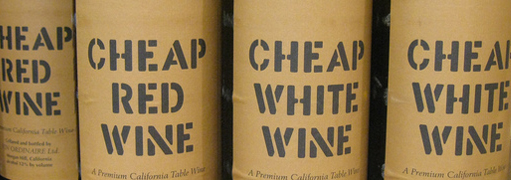Boxed And Blended: The Art Of Cheap Wine Snobbery
The Art Of Cheap-Wine Snobbery


Kate Tomlinson via flickr
Latest Article|September 3, 2020|Free
::Making Grown Men Cry Since 1992


Kate Tomlinson via flickr
